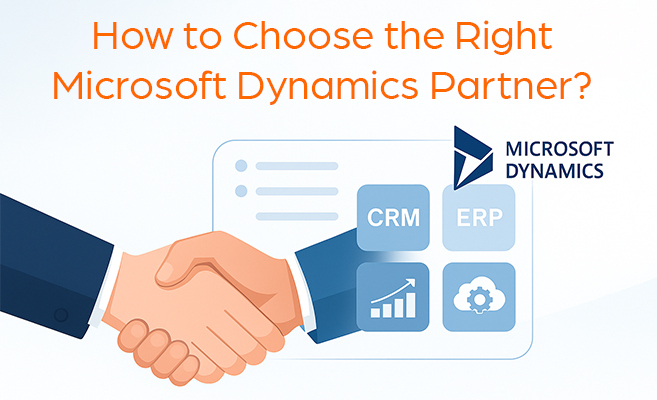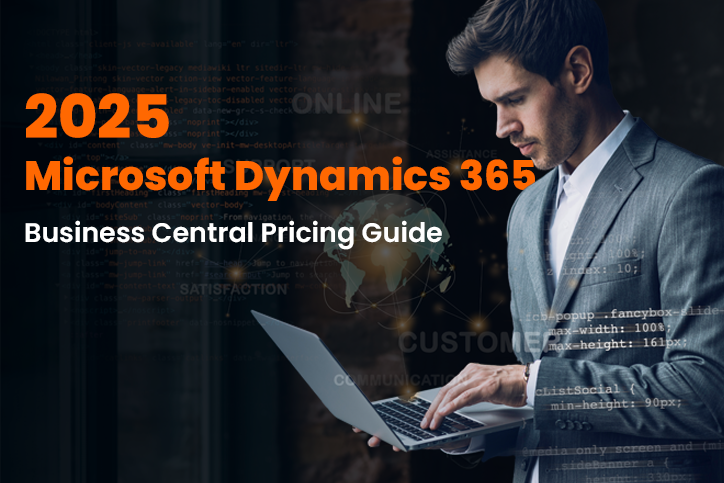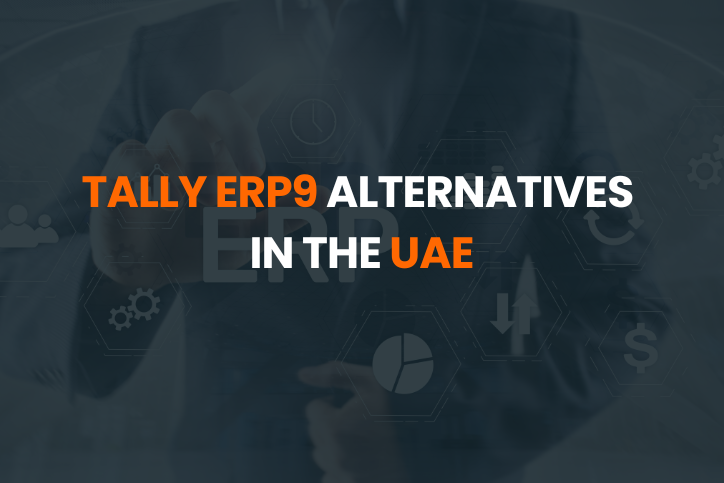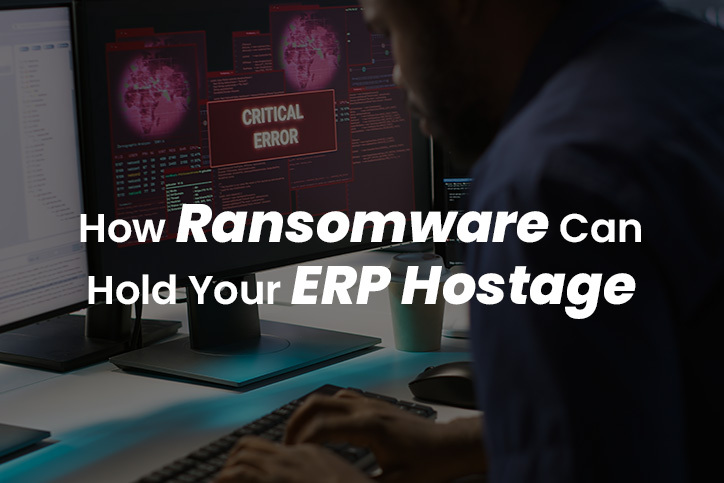Use These Helpful Tips to Reduce Frustration and Safely Moving Your Oracle Database to Oracle Cloud
Take the guesswork out of your next Oracle Cloud migration with these useful guidelines. Learn how to smoothly transition your onsite Oracle database.
Migrating an Oracle database instance over to Oracle Cloud does not have to be an arduous undertaking as a DBA. The key to getting things right is following some Oracle migration best practices when it comes to moving your information. You can solve 70 percent of your problems by thinking through your challenges beforehand. Laying things out at the start helps you pick the correct Oracle Cloud migration method for your business scenario.
How Do I Conduct My Oracle Cloud Migration Prep Work?
Look at the characteristics of your current Oracle database and make sure they match up to your Cloud destination settings.
- Record the on-premise version of your database
- Compare it to the version of your database service
- Make a note of your current operating system and what version you are using
- Do an audit of the current amount of data your Oracle instance holds (include indexes in that count)
- Look at the data types used in your existing Oracle database instance
- Check out how much storage you have available for data staging
- Work out how long of a system outage you can afford
- Figure out your current network bandwidth
Other important considerations for Oracle migration best practices include:
- Whether your on-premise Oracle database is a multitenant container database (CBD) or a non-CBD.
- The Endian format of your current on-site database (big or little)
- What database character set your on-premise database uses compared to the one used in Oracle Cloud.
Go through the different connection options available for your Oracle Cloud migration, including FastConnect, VPN Connect, and Internet Gateway. Understanding how they work helps you in securing your Oracle Cloud database instance and preventing data corruption.
What Are the Different Oracle Database Migration Methods?
Let’s go over the various migration options available as you consider Oracle migration best practices.
The Data Pump Import/Export Transportable Method
The traditional import/export data pump method allows for high-speed movement of data and metadata from your current Oracle cloud database to the cloud. It provides many features, including the ability to import and export over a network, restart jobs as needed, and estimate the space required for export before performing the task.
One of the benefits of using the traditional data pump import/export is that it works regardless of your current endian format and database character set. However, it’s slower than some of the other transport processes.
Using Transportable Tablespaces
Oracle made transportable tablespaces available in 8i instances and higher. You can use them to help with migrations across different OS platforms. The only steps necessary are moving the datafile and associated metadata. Oracle instances of 9i or higher do not have to be of the same block size as your destination Cloud database.
If the Endian format of your current Oracle instances matches that of your cloud database, then you can proceed without performing a conversion. The transportable tablespace method is best when you have a little-endian Oracle database instance with a comparable Oracle Cloud database.
The Backup Service Method
The latest version of Oracle Cloud provides a database backup service for creating and backing up cloud database from your on-site instances with one click. You can use the service for different scenarios like disaster recovery and creating development and test environments using your production backup.
The Multitenant Feature
The rollout of Oracle 12c gave organizations access to the multitenant architecture for their databases. Multiple oracle instances could be grouped into a single multitenant container database. That made it easier for DBAs to patch, upgrade, and manage all databases as one unit.
Oracle Cloud takes advantage of the multitenant feature by allowing DBAs to move their local pluggable database (PDB) straight into Oracle Cloud from Oracle SQL Developer. The only requirement is that the PDB and Oracle SQL Developer be in the same instance. It’s also great for seamlessly moving development and test instances of a database directly to the cloud.
How do I Address Security Concerns Around Migrating?
Make sure you implement proper protocol during and after your data migration. There should be authentication around user access to any database instances using strong passwords.
Additional Security Protections
- Use VCN security groups and lists
- Use RMAN for periodic backups
- Encrypt data coming from an unprotected on-site Oracle database
- Rotate the TDE master key every 90 days
- Apply all Oracle database patches
Following these Oracle migration best practices should allow for streamlined configuration and monitoring of your new cloud databases. It should be the same as working with an onsite Oracle database instance. Contact SoftArt for more tips on working with Oracle Cloud.








